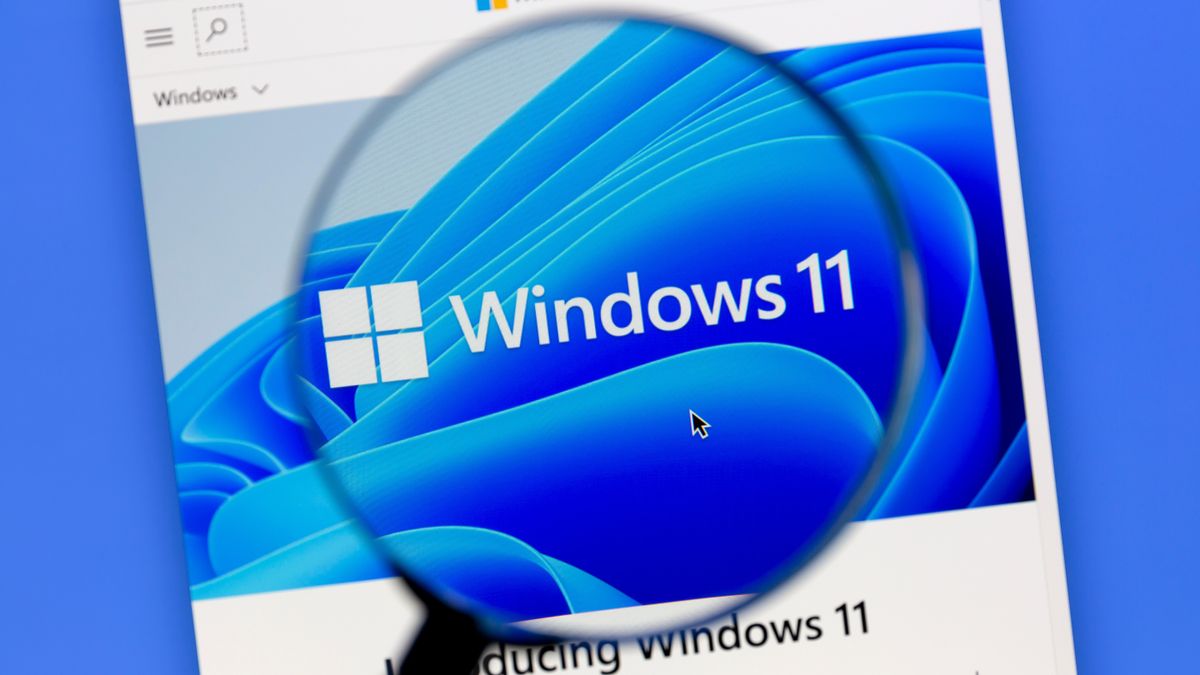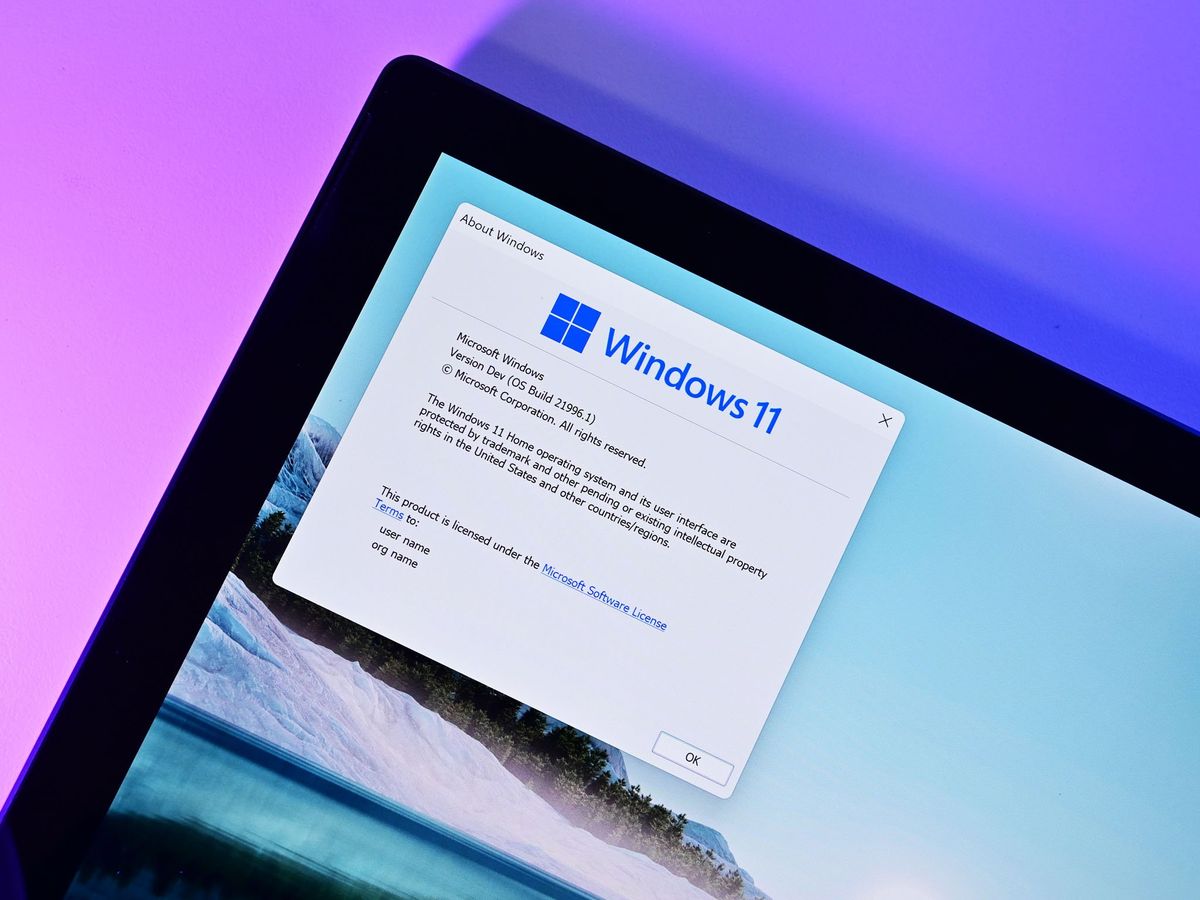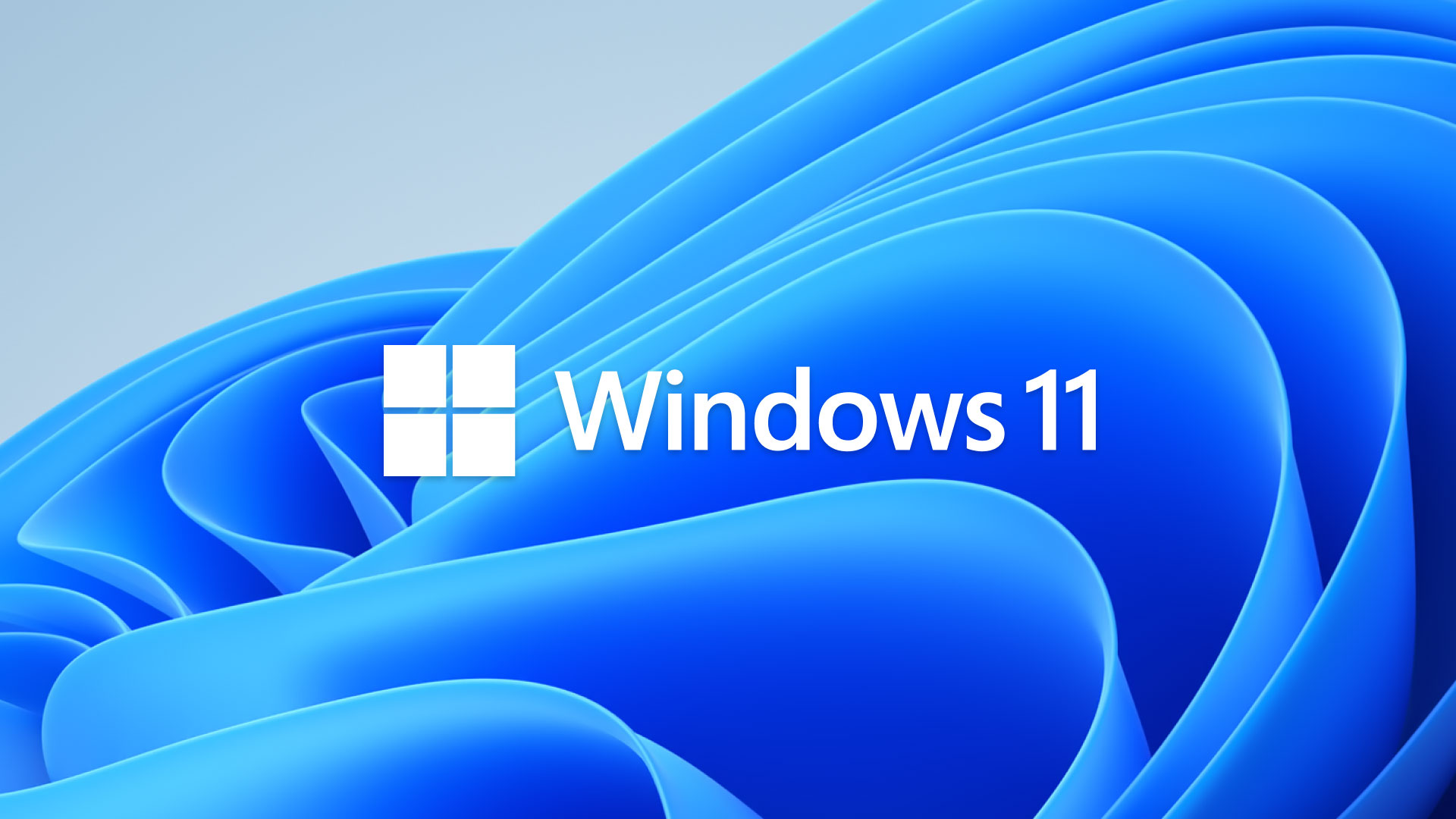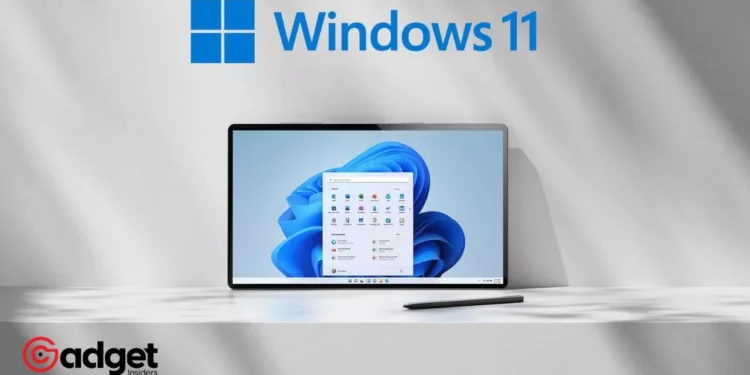In a recent revelation that could spell the end for Windows 11 running on antiquated hardware, Microsoft has introduced a technical requirement that excludes a significant number of older CPUs. This move, uncovered by an astute observation from Twitter user @TheBobPony, underscores a pivotal shift in Microsoft’s approach to hardware compatibility, pushing the envelope on technological advancements while leaving some enthusiasts in the lurch.

The Heart of the Matter: POPCNT Instruction
At the core of this development is the POPCNT (Population Count) instruction, a CPU feature that counts the number of set bits (bits with the value 1) in a word. This instruction, integral to operations such as cryptography, first made its appearance with Intel’s Core processors in late 2008, under the SSE4.2 instruction set extension, and AMD’s Barcelona architecture in 2007.
POPCNT’s utility in modern computing is undeniable, yet its inclusion as a requisite for the upcoming Windows 11 24H2 release marks a significant pivot in Microsoft’s support strategy.

Windows 11: Implications for Older PCs
For PCs equipped with CPUs predating the introduction of POPCNT – essentially, those over 15 years old – the future looks bleak. The impending Windows 11 update, expectedly the 24H2 release, will not accommodate these venerable machines. This decision aligns with the trajectory of Microsoft’s infamous hardware compatibility list, which already draws a line in the sand at eighth-generation Intel chips.
While this might seem like a minor adjustment, given the advanced age of the affected hardware, it poses a critical juncture for users employing workarounds to run Windows 11 on unsupported systems.
Windows 11's 24H2 Update Won't Boot on (Very) Old PCs https://t.co/i8E6VNC0gz
— PCMag (@PCMag) February 13, 2024
A Niche Impact with Broad Implications
The direct impact of this update may appear limited, targeting a small segment of the user base dedicated enough to run the latest operating system on significantly outdated hardware. However, the broader implications speak volumes about Microsoft’s stance on progress and innovation.
This move is not merely about enforcing hardware standards; it’s a statement on the importance of keeping pace with technological evolution, ensuring security, and optimizing performance.
A Reminder of the Inevitable March of Technology
This Windows 11 update development serves as a stark reminder of the relentless march of technology and the inevitability of obsolescence. Microsoft, long celebrated for its commitment to backward compatibility, appears to be drawing a new line in the sand, signaling a more aggressive approach towards phasing out older technology.
While this strategy may alienate a small cohort of enthusiasts, it underscores a commitment to leveraging contemporary hardware capabilities to enhance user experience and security.

The introduction of the POPCNT requirement for Windows 11 24H2 is more than a technical footnote; it’s a harbinger of the changing landscape of hardware compatibility. As the technology world continues to evolve at a breakneck pace, the balance between innovation and inclusivity remains a delicate dance.
For those clinging to legacy hardware, this development may catalyze them to embrace the new or a poignant reminder of the inexorable advance of technology.










